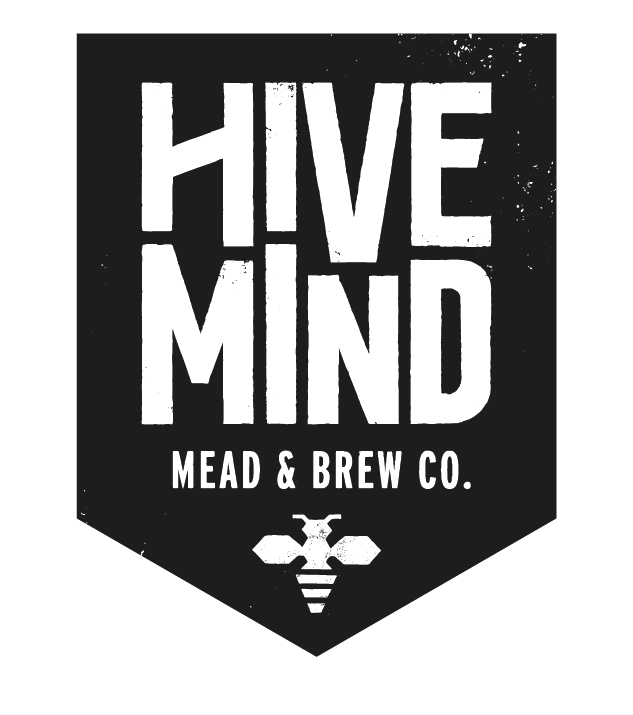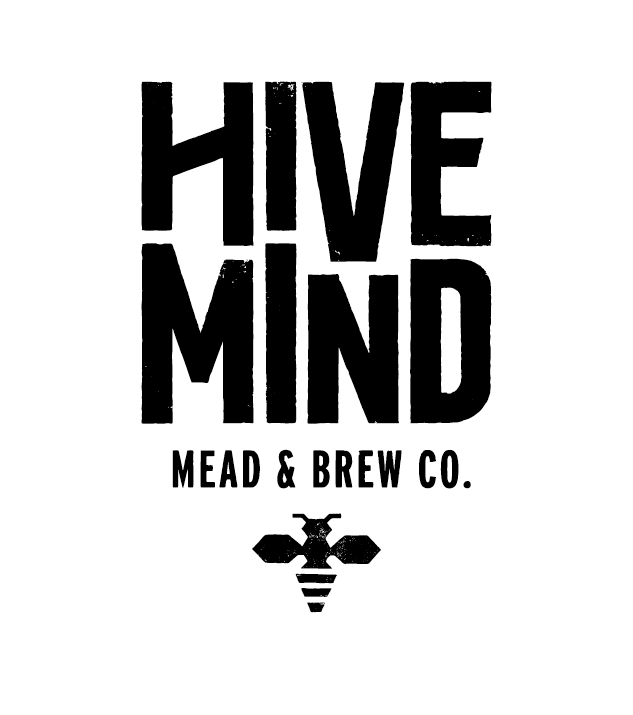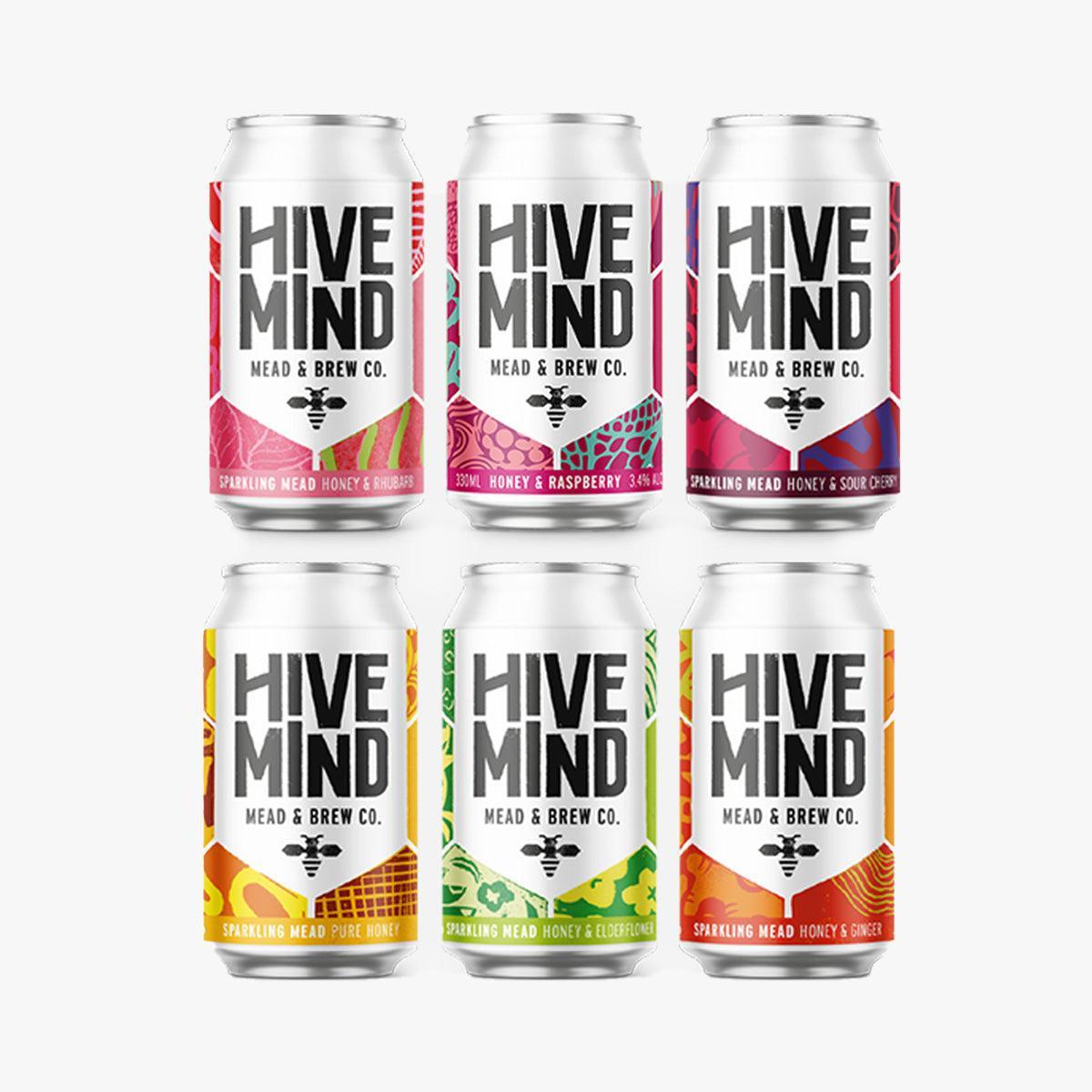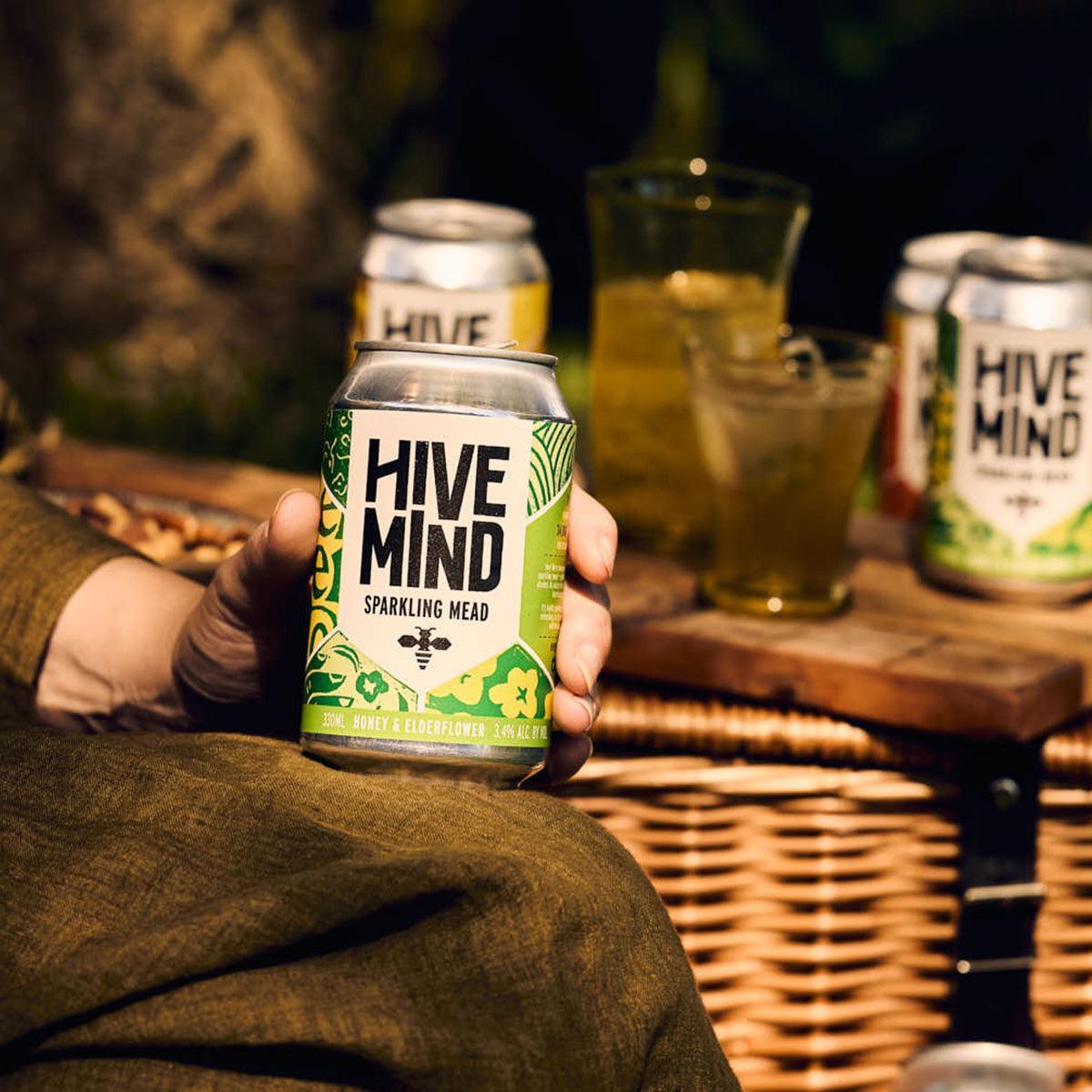Why May Matters for Bees and Pollinators
As the days grow longer and the hedgerows burst into bloom, May marks one of the most important months of the year for bees and other pollinators. Here at Hive Mind, where we keep our own hives and champion the role of bees in our countryside, we thought we’d share why this month is so vital and how you can help support these hardworking pollinators right on your doorstep.
The Start of Bee Season
May is when bee colonies really come to life. After a long, quiet winter tucked away in their hives, honeybees begin building up their numbers in spring. By May, colonies are growing rapidly as nectar and pollen become more abundant, with wildflowers, fruit trees, and hedgerow blossom such as Hawthorn offering a rich source of food, both nectar and pollen.
It’s also the traditional start of the swarming season for honeybees - a natural and healthy process where a colony splits, with a new queen taking some of the bees off to form a new home. While it might look dramatic, a swarm is usually quite docile and a sign of a thriving, healthy bee population. Beekeepers are often very happy to assist them to find a home in a new beehive in the hope of a good crop of honey.
Why Pollinators Matter
Bees, alongside butterflies, hoverflies, and other pollinators, play a crucial role in maintaining the health of our natural world. Around one-third of the food we eat relies on pollination - from apples and strawberries to almonds and pumpkins. Without them, our plates (and pint glasses!) would look very different.
In addition to crops, pollinators keep wild plant populations intact and reproducing, supporting ecosystems that countless other creatures depend upon. When bees thrive, so do birds, mammals, and countless other insects.They are the lynchpin to our landscape.
May’s Pollinator-Friendly Plants
May is one of the most colourful and rewarding months for gardeners and foraging bees alike. Some of the best pollinator-friendly plants flowering this month include:
Hawthorn: This hedgerow staple is a vital nectar source, with honey tasting faintly of almonds. Lovely red berries follow the blossom, a great source of food for wintering bird life.
- Apple and cherry blossoms: Essential for fruit crops and much loved by bees.
- Dandelions: Often maligned as weeds but a valuable early nectar and pollen source. This pollen is one of the best out there for bee nutrition.
- Cow parsley: Its frothy white flowers are a favourite for hoverflies and solitary bees.
If you’re planting a garden or tending a green space, choosing pollinator-friendly, pesticide-free plants makes a real difference, as does leaving some of these plants to flower before trimming them back.
What You Can Do to Help
Supporting pollinators in May (and beyond) is easier than you might think. Here are a few simple ways you can get involved:
Leave patches of lawn uncut to allow wildflowers like dandelions, clover and daisies to bloom.
- Plant pollinator-friendly flowers like borage, alliums, and lavender.
- Providing fresh water For bees a shallow dish with pebbles works well.
- Avoid using pesticides and herbicides, especially on flowering plants.
Support local beekeepers by choosing pollinator-friendly products (like our meads, which directly help fund our beekeeping and bee conservation efforts!). But you can also find your local beekeeper (if it isn’t us) and get all your future honey from them rather than the supermarket - we guarantee it will be better honey, and better for the local economy, biodiversity and ecology too.
Bees and Mead - A Natural Partnership
At Hive Mind, bees are at the heart of everything we do. Not only do they help keep our local environment healthy, but they also produce the raw, local honey that goes into our handcrafted meads. Every bottle you buy supports our hives and helps us plant and protect wild spaces for pollinators.
So next time you spot a bee buzzing from flower to flower this May, spare a moment to appreciate the vital work they’re doing - and consider raising a glass of mead to these remarkable little creatures.
Want to learn more about our bees and meads? Follow us on Facebook and Instagram at @hivemindmead for behind-the-scenes hive updates, updates on the meadery and more bee-friendly tips.







Share: